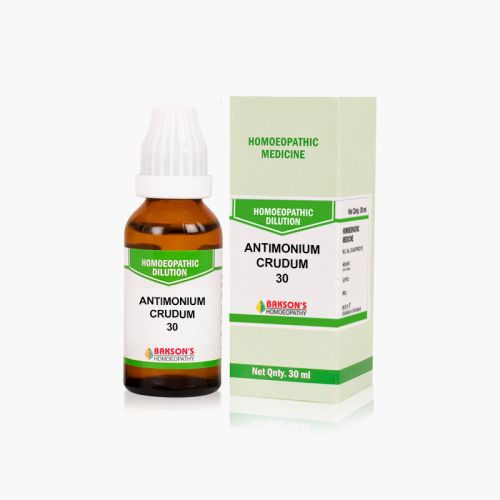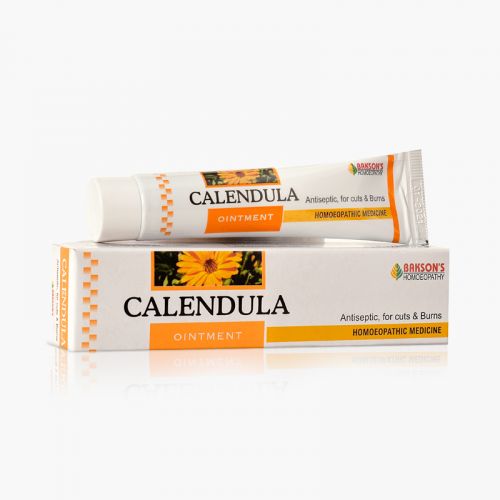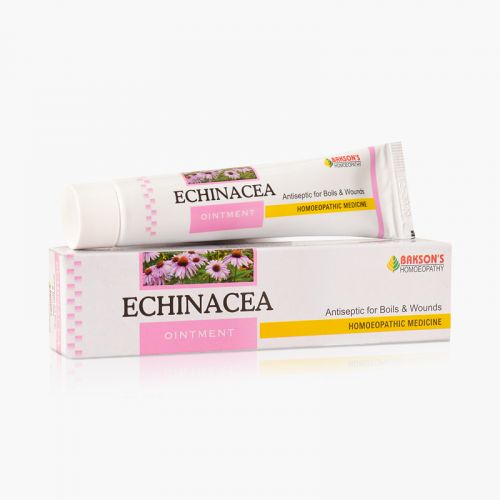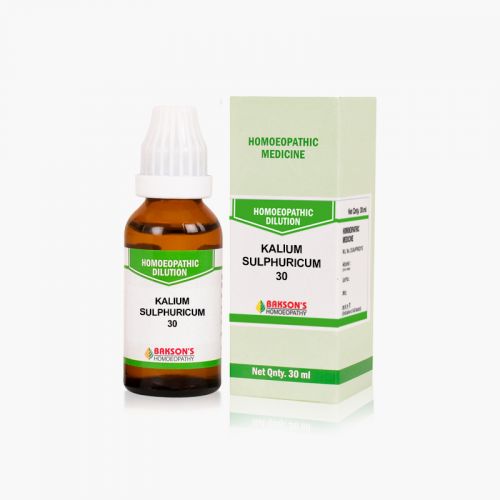We use cookies to make your experience better. To comply with the new e-Privacy directive, we need to ask for your consent to set the cookies. Learn more.
What is Onychomycosis?
Onychomycosis is generally referred to as a non-dermatophytic infection of the nail which is the term used commonly to indicate any fungal infection of the nail. Tinea unguium however differs from onychomycosis as it is the dermatophytic invasion of the nail plate.
Prevalence estimates range from 1% to 8%, and the incidence is increasing gradually.
Men are more likely to get it than women. The older you are, the better your chances are, too. People who have diabetes, athlete's foot, or a weak immune system, who smoke, or whose family members have it are also at a higher risk.
Aetiology
The organism responsible for onychomycosis is Trichophyton rubrum and it affects toenails in 90% cases and fingers in 50% cases. Also, Candida albicans accounts for 2% cases occurring in fingernails. Risk factors include-
- Diabetes mellitus
- Tinea pedis
- Psoriasis
- Immunodeficiency
- History of international travel
Sign and symptoms
Usually, one or both the great toenails are affected. The appearance of the affected toe nail can be-
- Thickened
- Discolouration (whitish to yellow brown)
- Brittle, crumbling or ragged
- Distorted in shape
Most of the cases present with concurrent, dry, hyperkeratotic tinea pedis which might be mistaken for simple xerosis. Infected nails are usually thicker than normal and could be warped or oddly shaped. They can break easily. Nails with fungus might look yellow. Sometimes a white dot shows up on the nail and then gets bigger. When fungus builds up under your nail, it can loosen and even separate the nail from the bed. The fungus can also spread to the skin around your nail.
Diagnosis
A history of hepatitis or travel to areas where hepatitis is endemic is an important aspect in considering appropriate laboratory tests required for the diagnosis. KOH wet mount preparation of the subungual debris cannot identify species. Fungal culture or RT-PCR can be used to focus on the cause of the infection. Dermoscopy can clinically diagnose onychomycosis.
General management
Fungal infection of the nail is believed to be a major cosmetic problem and it may lead to complications like cellulitis., especially in those who are immunocompromised. Eradication of the infection is necessary. Maintaining proper nail hygiene with indicated medications is the key to improve the cure rate of Onychomycosis.
- Keep your hands and feet clean and dry.
- Clip your fingernails and toenails short and keep them clean.
- Donעt walk barefoot in areas like locker rooms or public showers.
- Don't share nail clippers with other people.
- Make sure the salon sterilizes its instruments (nail clippers, scissors, etc.) after each use, or, you can bring your own.
Warning: Above information provided is an overview of the disease, we strongly recommend a doctor's consultation to prevent further advancement of disease and/or development of complications.
Disclaimer: The information provided herein on request, is not to be taken as a replacement for medical advice or diagnosis or treatment of any medical condition. DO NOT SELF MEDICATE. PLEASE CONSULT YOUR PHYSICIAN FOR PROPER DIAGNOSIS AND PRESCRIPTION.
- ANTIMONIUM CRUDUM 30₹ 100.00
- CALENDULA OINTMENT- 25 GM₹ 75.00
- KALIUM SULPHURICUM 30₹ 100.00







